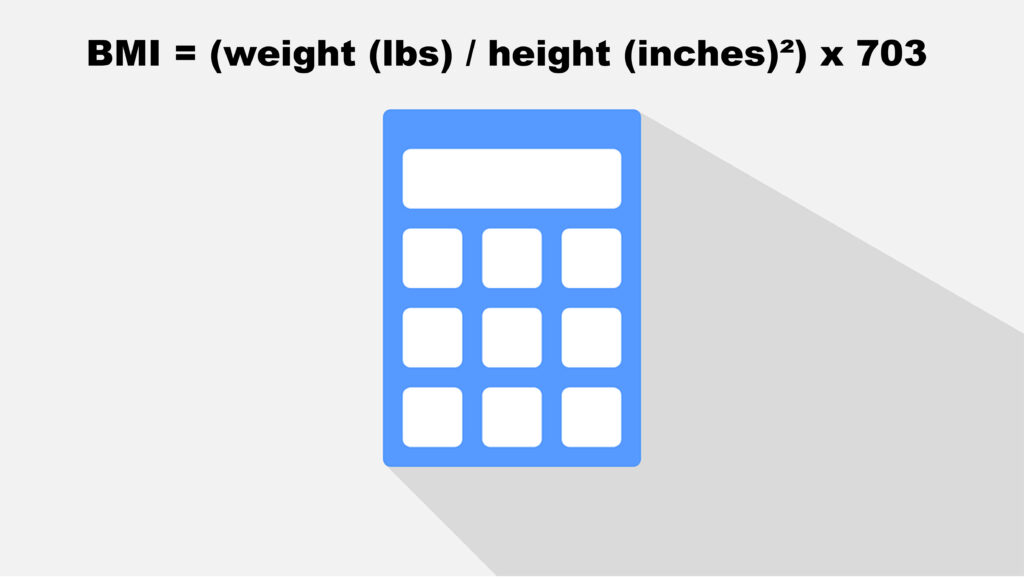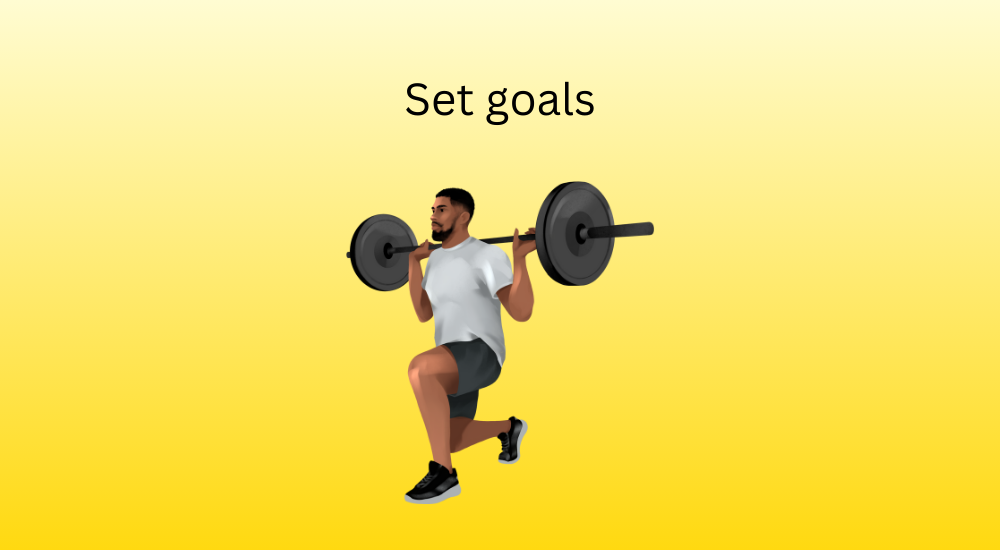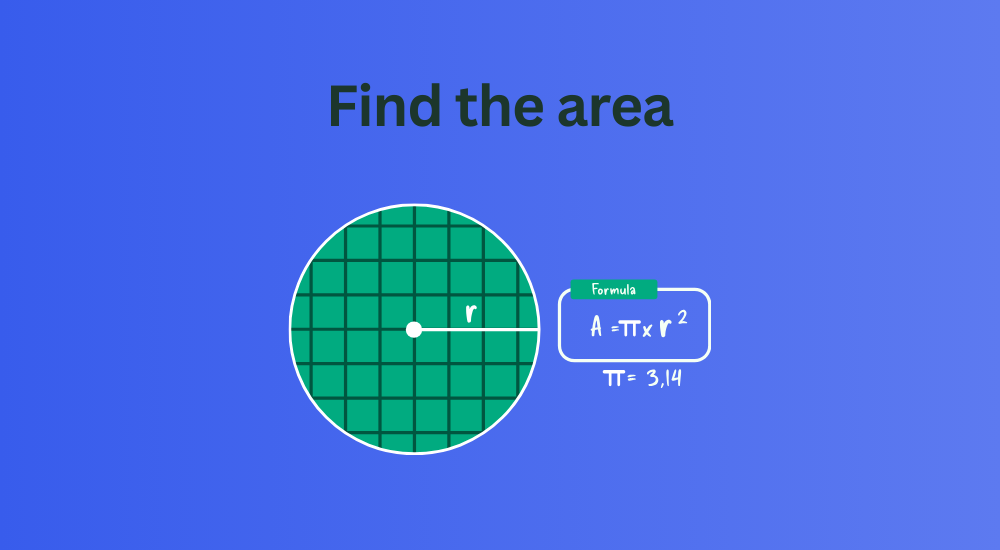Tracking your fitness goals doesn’t have to be complicated. One of the easiest ways to keep tabs on your progress is by using a BMI calculator. This tool helps you understand how your weight relates to your height and overall health. In this guide, we’ll explain what BMI is, how to calculate it using both metric and US units, and why it can be an essential part of your workout routine.
What is BMI?
BMI, or Body Mass Index, is a number that indicates whether your weight is healthy relative to your height. It’s a simple way to assess body fat and helps categorize you as underweight, normal weight, overweight, or obese. BMI is widely used because it provides a quick and easy assessment of whether you’re within a healthy weight range.
How to Calculate Your BMI

There are two common ways to calculate BMI: using the metric system and using the US customary system.
1. Metric Calculation
If you’re using the metric system, you’ll calculate BMI by dividing your weight in kilograms by your height in meters squared. Here’s the formula:
BMI = weight (kg) / height (m²)
For example, if you weigh 70 kilograms and are 1.75 meters tall, the calculation would be:
BMI = 70 / (1.75 x 1.75) = 22.86
2. US Calculation
If you’re using US units, the formula changes slightly. You’ll need your weight in pounds and your height in inches. The formula is:
BMI = (weight (lbs) / height (inches)²) x 703
For example, if you weigh 154 pounds and are 69 inches tall, your BMI calculation looks like this:
BMI = (154 / (69 x 69)) x 703 = 22.74
In both methods, the result will be a number that falls into a category on the BMI scale.
Understanding the BMI Scale
Once you calculate your BMI, you can see where it falls on the BMI scale:
- Underweight: BMI less than 18.5
- Normal weight: BMI between 18.5 and 24.9
- Overweight: BMI between 25 and 29.9
- Obese: BMI 30 or higher
These categories help you understand if your weight is within a healthy range or if adjustments are needed.
Why Use a BMI Calculator?
Tracking your BMI offers several key benefits that can help you manage your fitness journey effectively:
- Quick and simple: Whether you use the metric system or US units, calculating your BMI is fast and easy, requiring just a few basic measurements.
- Goal setting: Knowing your BMI helps you set clear, realistic goals. If your BMI suggests you’re overweight, you can create a plan to bring it into a healthier range.
- Monitor progress: Regularly checking your BMI allows you to see how your fitness efforts are paying off. If your BMI decreases toward a healthier range, it’s a sign that your plan is working.
- Health awareness: BMI provides a general indication of body fat, which can relate to your risk for conditions like heart disease, diabetes, and certain cancers.
Limitations of BMI
While BMI is a useful tool, it has some limitations. It doesn’t differentiate between muscle and fat, so a muscular person may have a high BMI but not be overweight or unhealthy. Additionally, BMI doesn’t account for the distribution of fat, which is important for understanding health risks.
To get a more comprehensive view of your health, consider using BMI alongside other measurements like waist circumference, body fat percentage, and overall fitness levels.
How to Use BMI in Your Fitness Routine

Incorporating BMI into your fitness routine is simple:
- Calculate your starting BMI: Use either the metric or US method to find your BMI and see where you stand.
- Set goals: Based on your BMI, set specific, achievable goals. For example, if your BMI is in the overweight range, aim to reduce it over time with a balanced diet and regular exercise.
- Monitor regularly: Check your BMI every month or so. Regular monitoring helps you track progress and make any necessary adjustments.
- Combine with other metrics: Use your BMI alongside other health indicators like body fat percentage or waist circumference to get a fuller picture of your fitness and health.
- Adjust as needed: If your BMI isn’t moving in the direction you want, consider revising your workout plan or diet.
Conclusion
A BMI calculator is a tool that can help you keep your fitness goals in check. Whether you use the metric or US method, it provides a quick snapshot of your weight relative to your height and helps you understand where you stand on the BMI scale. While it’s not perfect, using BMI alongside other health indicators gives you a valuable perspective on your overall health.
Regularly checking your BMI and making adjustments to your lifestyle as needed can help you stay on track and achieve a healthier you. Start tracking today, and use BMI as a guide on your journey to better health.

















